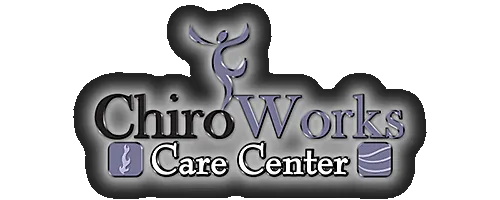Many people experience increasing musculoskeletal joint stiffness as they get older. Shoulders, knees, and ankles don't seem to be as flexible as they once were. It seems more difficult to bend over and pick up a dropped object. It may be uncomfortable to turn your head around to see the car in the next lane that's right in the center of your driver's blind spot. The bad news is that, left unattended, your joints do get stiffer as you get older. Left on their own, your joints will likely lose full mobility. The good news is there's plenty you can do about it. You can regain and retain much of your youthful flexibility if you are willing to be proactive.
First, some basic physiology. Joints such as the shoulder, knee, and ankle are lubricated by synovial fluid. Synovial fluid keeps joints moist, provides oxygen and nutrition, and washes away toxic end-products of normal metabolic processes. The joints in your spine are also lubricated and maintained in this way. But aging reduces the amount of available synovial fluid. Also, normal aging processes increase the viscosity of the remaining synovial fluid. You have less available lubricant and the lubricant that you do have is thicker. The result is stiffer joints, pretty much from top to bottom.
The specific countermeasure to such physiologic aging is to keep active. This is a pretty challenging prescription in a world in which most of our time is spent seated. Our bodies were designed for hard, physical work. But as we've transformed from an agrarian to an industrial society, and more recently from an industrial to a service-based society, the nature of our work has changed dramatically. The vast majority of our work is now done seated at a desk. When we're not typing on a computer keyboard or reading a spreadsheet, we're at home watching TV, playing games on our computing devices, or very rarely, reading. None of these activities involves active motion. If we want to take care of our bodies, we're going to have to be proactive about creating the time to do so.
We're going to be creating time for exercise. Almost any type of exercise causes synovial fluid to be more available, pumping synovial fluid into joint spaces and helping to lubricate joints.1,2 Exercise increases your internal core temperature, which in turn decreases the viscosity of synovial fluid. The overall result is increased joint flexibility. This benefit is often experienced immediately. The benefit will be long-lasting provided that you continue to exercise regularly.
Thirty minutes of exercise per day, 5 days per week, will assist most of us in maintaining as much joint flexibility as possible. Alternating a cardiovascular exercise day with a strength training day is an optimal program.3 Yoga provides a total body workout which incorporates cardiovascular exercise, strength training, and flexibility. Ultimately, the types of exercise you do are less important than the long-term consistency. Regular, vigorous exercise, done over months and years, will provide great benefit, not only in terms of improved joint flexibility, but also in terms of overall health and well-being.
1Seco J, et al: A long-term physical activity training program increases strength and flexibility, and improves balance in older adults. Rehabil Nurs 38(1):37-47, 2013
2Garber CE, et al: American College of Sports Medicine position stand. Quantity and quality of exercise for developing and maintaining cardiorespiratory, musculoskeletal, and neuromotor fitness in apparently healthy adults: guidance for prescribing exercise. Med Sci Sports Exerc 43(7):1334-1359, 2011
3Micheo W, et al: Basic principles regarding strength, flexibility, and stability exercises. PM R 4(11):805-811, 2012
